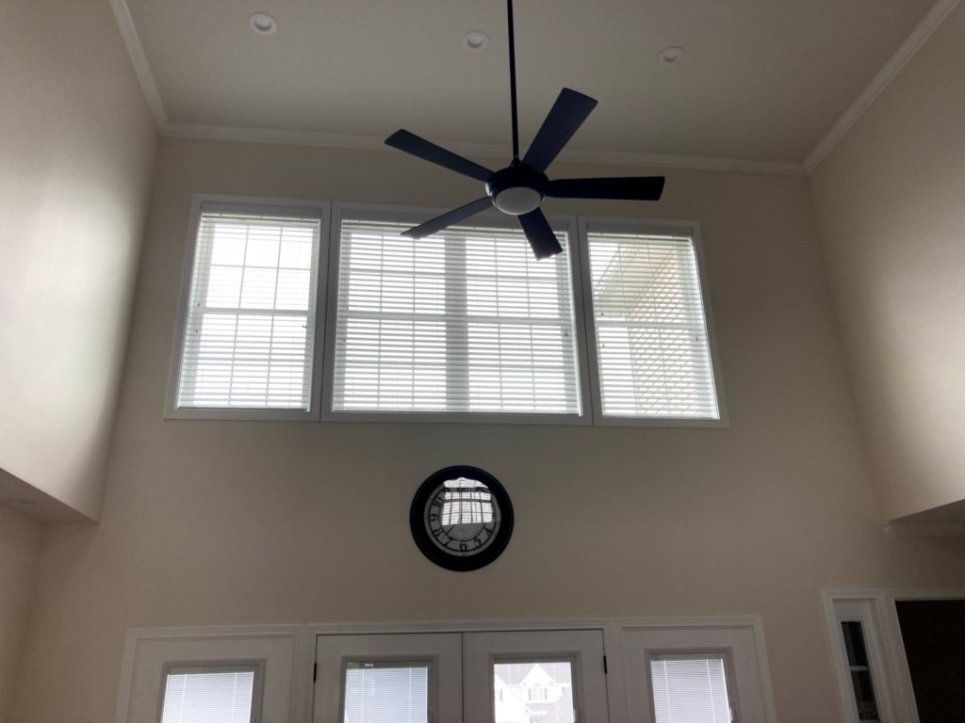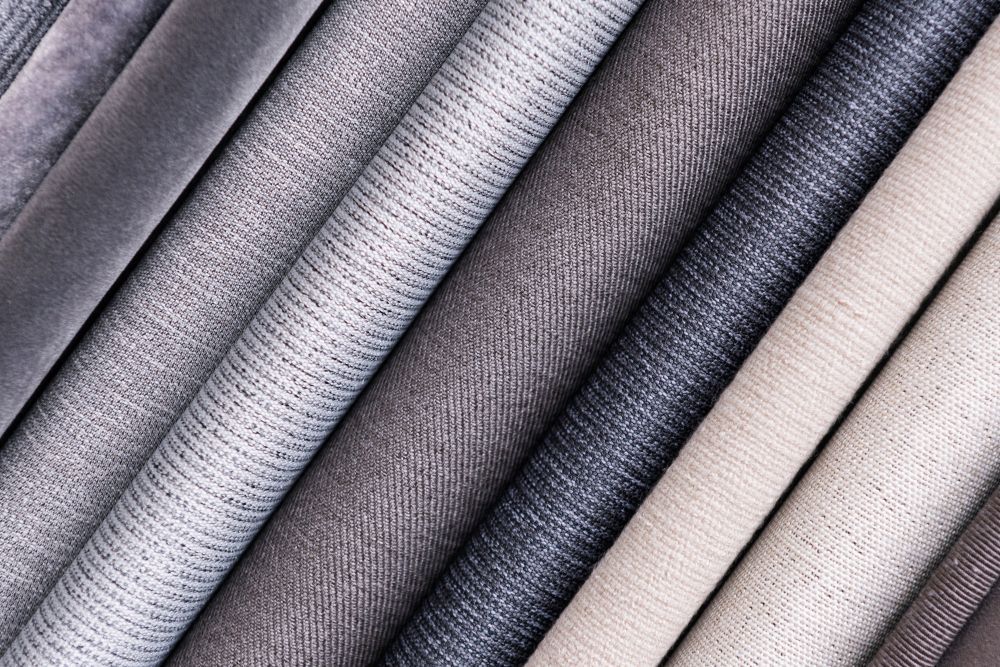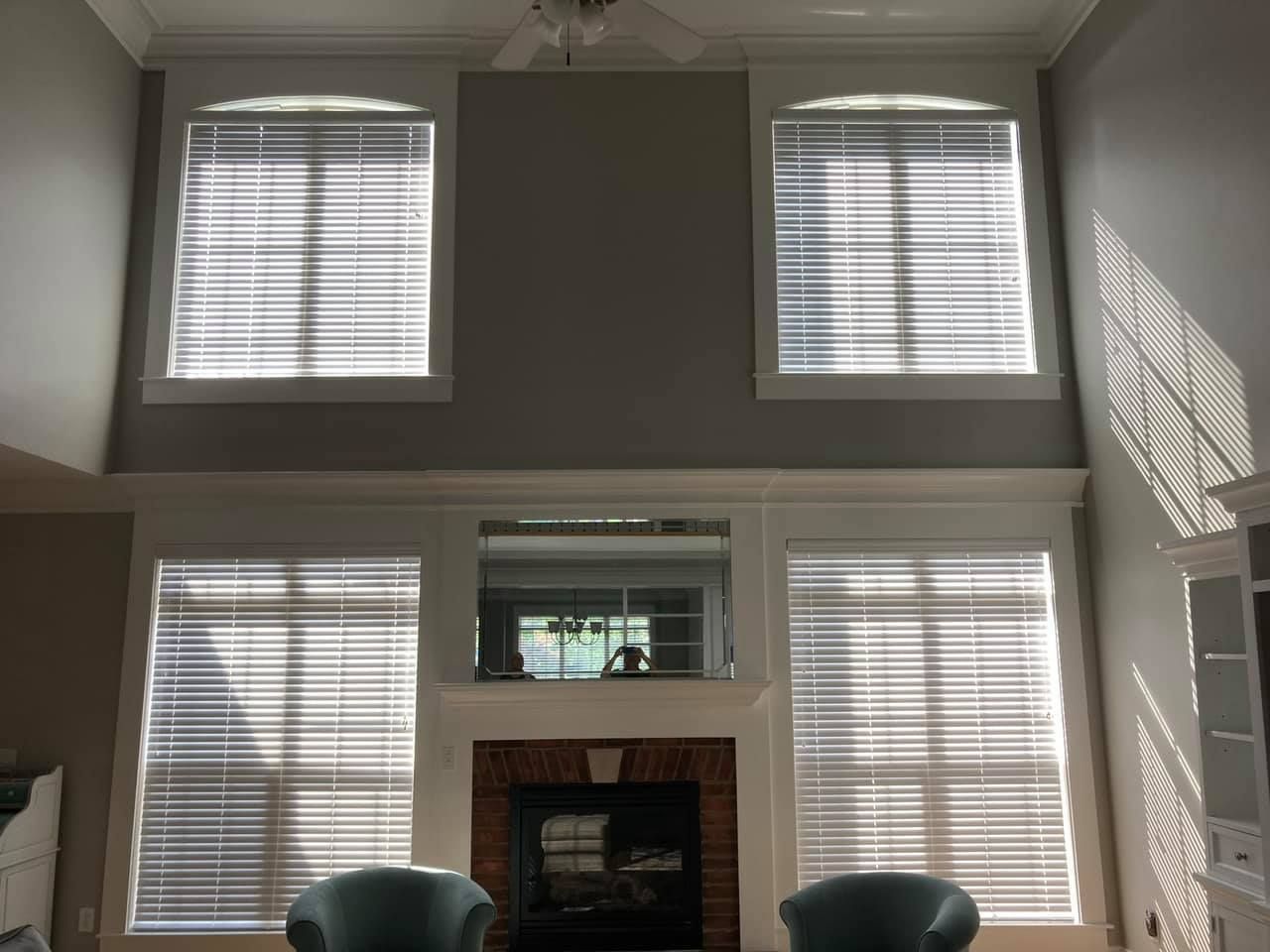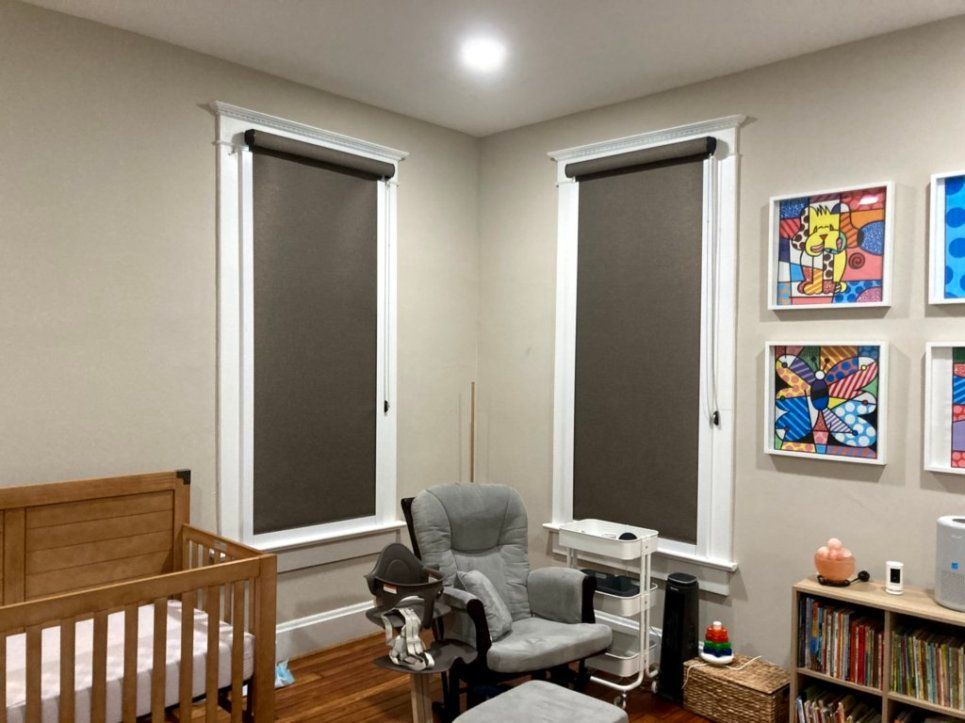How to Clean Plantation Shutters Without Damaging Them
August 13, 2024
Introduction
Plantation shutters are a timeless addition to any home. They enhance your windows, improve insulation, and add lasting beauty. But to keep them looking their best, regular cleaning is essential. Whether your shutters are made of real wood, faux wood, or composite, using the right cleaning methods prevents damage and extends their life.
This guide explains how to clean plantation shutters properly—what tools to use, how often to clean, and how to care for different materials found in homes across Lexington, KY.
Why Regular Cleaning Is Important
Your shutters don’t just collect dust—they influence light control, air quality, and even your home’s energy efficiency. Over time, dirt and moisture can affect their look and performance.
Here’s why keeping them clean matters:
- Better function: Dust and debris can clog hinges or louvers, reducing smooth operation.
- Longer lifespan: Clean shutters resist wear, discoloration, and warping.
- Improved air quality: Regular dusting minimizes allergens and indoor pollutants.
- Consistent beauty: Clean finishes keep rooms bright and polished.
A little maintenance goes a long way toward preserving your investment.
What You’ll Need Before Cleaning
Having the right tools ready will make the process faster and prevent accidental damage.
Supplies to Gather
- Soft microfiber cloths or feather dusters
- Handheld vacuum with a soft brush attachment
- Mild dish soap mixed with warm water
- Soft toothbrush or small detailing brush for corners
- Dry, lint-free cloths for finishing
- Optional: a furniture polish (for real wood) or a dryer sheet (for faux wood)
Before cleaning, make sure your shutters are closed so you can reach all visible surfaces easily.
Step-by-Step Guide to Cleaning Plantation Shutters
Different shutter materials require slightly different care, but the basic process remains simple and gentle.
Step 1: Dust and Vacuum
Start by removing loose dust from the surface.
Use a vacuum cleaner with a soft brush attachment to remove debris from the louvers and frame. Then use a microfiber cloth or duster to wipe each slat from top to bottom. Work in small sections to prevent spreading dust across clean areas.
Step 2: Wipe Down With a Gentle Cleaner
After dusting, address fingerprints, grime, or buildup.
- For wood shutters: Dampen a soft cloth slightly and wipe the surface gently. Avoid excess water—too much moisture can warp wood. Apply a small amount of furniture polish afterward to restore shine.
- For faux wood or composite shutters: Mix mild dish soap with warm water, dip your cloth, and wring it out thoroughly. Wipe each slat, then dry with a clean cloth.
- For vinyl shutters: A diluted vinegar-water mix can help remove stubborn residue. Always finish by drying completely.
Step 3: Clean the Hardware and Hinges
Use a small brush or toothbrush to reach corners, joints, and hinges where dust collects. If the hinges or louvers squeak, apply a drop of non-staining lubricant to keep them moving smoothly.
Step 4: Dry and Inspect
Once cleaned, wipe down the shutters with a dry cloth to remove leftover moisture. Inspect for spots you might have missed, and check for signs of wear or loosening hardware.
Material-Specific Care Tips
Every shutter material has different strengths and cleaning needs. Paying attention to these differences keeps them in great shape for years.
Real Wood
- Wood shutters offer natural beauty but require care to avoid moisture damage.
- Avoid soaking or spraying directly with water.
- Use only soft cloths and minimal liquid.
- Keep the room ventilated to prevent humidity buildup.
- Occasionally treat with a quality wood polish to protect finish and color.
Faux Wood and Composite
- These are durable and great for high-humidity rooms like kitchens or bathrooms.
- Use mild soap or vinegar-water solutions.
- Avoid abrasive scrubbers that can scratch the surface.
- For quick touch-ups, a dryer sheet works well to repel dust and static.
Vinyl or Exterior Shutters
- Vinyl shutters are easy to clean but still need attention.
- Rinse exterior shutters gently with a hose, using mild detergent if necessary.
- Always dry thoroughly to prevent spotting or streaking.
- Avoid strong cleaners that could discolor or degrade the material.
Common Mistakes to Avoid
Even with the best intentions, some cleaning habits can do more harm than good.
Here are a few to steer clear of:
- Using harsh chemicals or abrasives: These can scratch or dull finishes.
- Soaking wood shutters: Moisture causes swelling or warping.
- Skipping regular dusting: Buildup eventually becomes sticky grime that’s harder to remove.
- Ignoring hardware: Hinges and louver pins need occasional cleaning and lubrication.
- Cleaning without drying: Leaving moisture behind can cause spots or damage over time.
Taking care with your methods will keep your shutters looking elegant for years.
Conclusion
Plantation shutters are both functional and beautiful—but like any investment, they need regular care to stay that way. With a soft touch, the right cleaning supplies, and a consistent routine, your shutters will continue to elevate your home’s design while lasting for decades.
If you live in the Lexington area, it’s worth setting a simple maintenance schedule—light dusting weekly, deeper cleaning every few months—to keep them looking their best all year long.










